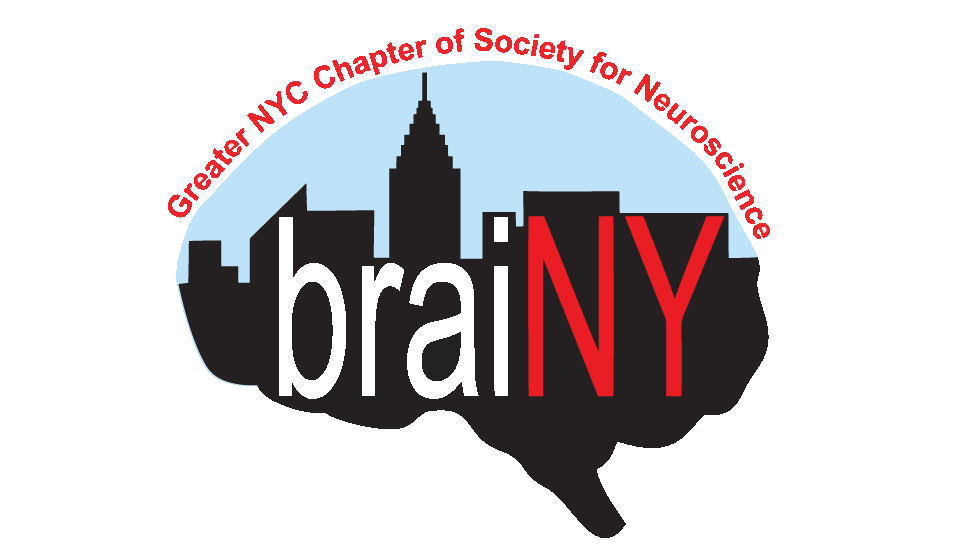Prenatal Testing and its Reliability
By Amelia Wieland
In 2011, scientists revolutionized the testing available for all expecting mothers. Prenatal cell-free DNA screening tests were invented; they are done by extracting blood from the mother, which then undergoes testing for certain chromosomal abnormalities. This non-invasive test analyzes both maternal and fetal DNA which is found in the bloodstream of the mother. Scientists can study the ratio of chromosomes and glean information which can aid them in predicting the likelihood of fetal abnormalities.
Although tests for prenatal detection of chromosomal abnormalities have been available for over 40 years, they have always come with the risk of miscarriage. Tests such as amniocentesis and chorionic villus sampling were only recommended for women over 35, their older age increasing their chances for trisomy (a genetic condition characterized by having an additional chromosome). These tests were not recommended for young women because the odds of them having these diseases were lower than the risks of miscarriage. However, the development of testing for genetic diseases through blood samples now makes the procedure safe and recommendable for any expecting mother.
There is one significant difference between past testing and this new method of prenatal cell-free testing: amniocentesis and chorionic villus testing provide diagnoses, while this new test only offers the probability of disease without a confirmation. This has led to many misconceptions regarding the reliability of the test. For starters, the way results are reported to the parents is not standardized. Depending on the lab where the screening was done, some results are reported as positive or negative, high or low risk, or simply the probability of a fetus being born with said genetic disease. Parents who receive the results often misunderstand that this data is a diagnosis - however, it is simply an evaluation of the child’s likelihood of having the disease.
Moreover, there have been several instances of parents who have taken these results to mean that they must now consider either having a child with severe abnormalities or terminating the pregnancy. In an interview with The New York Times, Yael Geller described her experience of receiving results from a prenatal blood test in an article titled “When They Warn of Rare Disorders, These Prenatal Tests Are Usually Wrong”. Geller said that the prenatal blood test had indicated to her that her child may be missing part of a chromosome, which could lead to serious mental illnesses and long-term health problems. She described how she and her husband had been devastated before taking an amniocentesis that diagnosed her baby as healthy. The article in The New York Times frames this incident as a testing fraud on behalf of Silicon Valley technology, the company that provided the test. However, what the article fails to acknowledge is that Silicon Valley’s test had never intended to give a confirmatory diagnosis. The test had simply been intended to notify parents if their child was more or less likely to have the disease.
It is true there will always be a margin of error in this new testing as it was never intended to provide a diagnosis. One to five percent of these tests don’t yield results, whether it be due to not having enough DNA present in the sample or human error. However, these tests provide a much larger and much more specific range of diseases that the mother can be screened for. Therefore, these tests are bound to often give false positive results because of how rare these diseases are.
Articles and interviews such as the one in The New York Times paint the tests to be unreliable scams that give false diagnoses to hopeful parents. However, these tests have proven to be extremely valuable because if there is an extremely rare genetic abnormality in the DNA, it will most probably identify it. This means that although there will be false alarms due to the nature of the test, it will almost always identify the rare cases where the abnormality is present. This allows parents to decide whether they want to be further tested. This miscommunication reiterates the harm that a lack of communication between scientists and the general public can create. Parents should not be discouraged from taking the tests, nor should they be alarmed if their results yield high risks of illness for their children. Thanks to this new technology, parents can have more choices and more information early in their pregnancy.
Amelia Wieland is a senior at the High School for Math, Science, and Engineering. While interning in the Benson Lab at Mount Sinai, Amelia studies how neuronal mechanisms are affected by the Parkinson’s disease associated mutation Lrrk2-G2019S. As a student of Brown University’s class of 2027, she plans to pursue a double major in neuroscience and journalism. Amelia is passionate about improving science communication, whether she is writing for her school’s science magazine Dr. Dragon, or presenting to her peers at Mount Sinai. She loves to play classical music on the piano, as well as singing and reading. She can often be found frequenting cafes while sketching or listening to music.
Edited by Denise Croote, PhD

